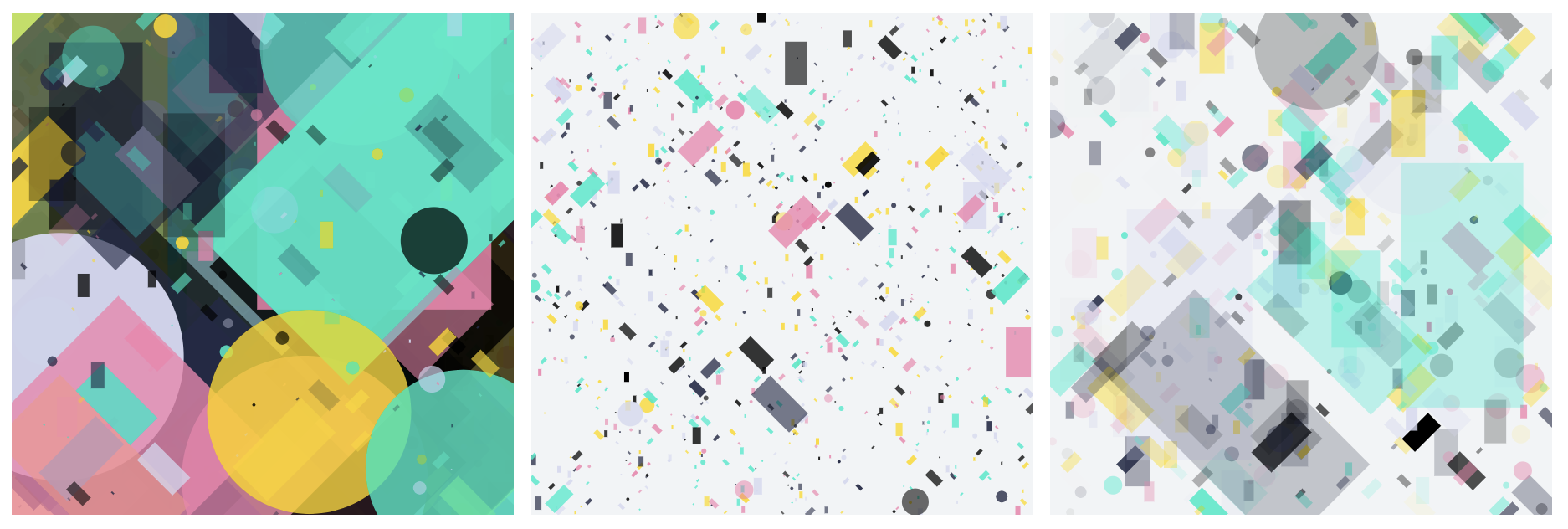Music Transformer is an open source machine learning model from our research group that can generate long musical performances. We find it interesting to see what these models can and can’t do, so we made an app to make it easier to explore and curate the model’s output.
If you listen to a bunch of samples, you’ll probably find that most compositions (like a lot of fully AI-generated music) are nowhere near as good and interesting as what people compose. And that’s okay! We just thought it would be fun to showcase the large spectrum of quality and musical style in the piano pieces that can be generated. We hope you’ll enjoy listening and remixing them in your own music! All samples are downloadable as MIDI files under a CC0 (“No Rights Reserved”) license.
We’d love to hear what you will do with these models. Will you remix some samples? Will you play them as background music as you work? If you like one of the pieces, download it and make it your own. Maybe you have a better piano soundfont. Maybe you don’t like piano at all! Maybe you want to take some parts and make your own song out of it. Do it. We’d love to hear all about it!
If you’re curious, here is my (Monica, the author of this blog post 👋) favourite sample. Even though not everyone on the team agrees with me on it, I’m actually currently learning to play it on the piano! Here’s another piece the team found super interesting and weird. For contrast, this is pretty mediocre, and this one is really just not great.
The artwork for each song is algorithmically generated based on the notes in the song itself – while the notes are represented by random shapes, the opacity represents the velocity, and the size represents the duration of each note:

If you want to read more about the model, check out the blog post announcing it, the research paper it was published in, or the code for the app on GitHub.
Thanks to Ian Simon for the idea and for generating all the samples.
